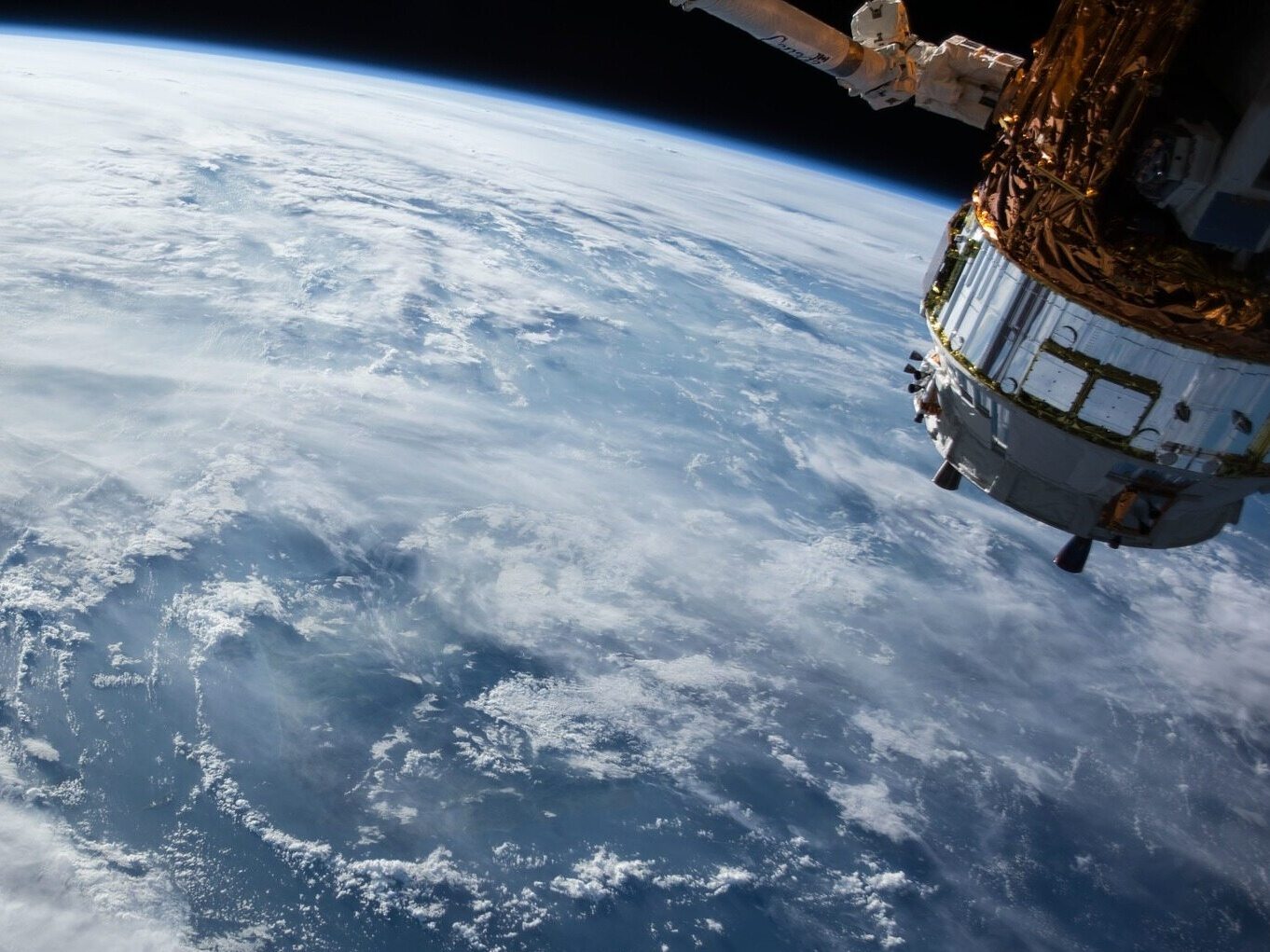On January 3, at 15:56, the STAR VIBE satellite was launched into orbit, the product of a collaboration between Wroclaw-based Scanway and the German company Orbital Systems. The launch took place aboard a Falcon 9 rocket during the Transporter 6 mission. The mission launched from the Cosmodrome in Florida – the same flight that was the birthplace of the US space program. In the past, Saturn V rockets were launched from it on their way to the moon, years later it was moving into orbit, and it is currently the home of the Artemis program, which envisions man returning to the moon.
STAR VIBE satellite
This is a demonstration mission for two proprietary systems – a small Earth-observing telescope called STAR and a self-checking satellite system called VIBE. The goal of the mission is to test the STAR telescope and VIBE technology in space conditions and to raise the level of technology readiness to the top ninth level. For this purpose, the effect of space conditions (vacuum, temperature fluctuations, high radiation, microgravity) on telescope components, on-board electronics and the quality of the data collected will be examined.
The Star Telescope is a telescope that operates in the visible light spectrum. Its matrix allows you to take pictures with an accuracy of 25m per pixel and provides a large field of view (102.4 x 76.8 km). This allows you to quickly collect data for many purposes, such as climate change, natural disasters, or data supporting efficient agriculture.
Modern vision system
VIBE is an optical system that is a configuration of the SHS System – Spacecraft Health Scanner – designed by Scanway, and used for nanosatellite autonomous diagnostics. VIBE is a realistic vision system located on a collapsible beam. The camera is connected to the spacecraft’s on-board computer, which by collecting images in its database enables the analysis of the collected data using artificial intelligence, which is able to detect various damages, such as damage to solar panels.
Before integrating the satellite with the rocket, the STAR and VIBE systems were tested several times to verify their proper operation. The tests were carried out in the company’s laboratory and in an independent scientific institution in Germany; Among other things, testing and vibration tests were carried out in a thermal vacuum chamber. In addition, Scanway conducted stratospheric balloon tests, in which the test payload (onboard computer, STAR telescope and VIBE system) was attached to the balloon gondola and sent to an altitude of about 35 km. Stratospheric tests allow you to test the tested elements in conditions of low pressure, low temperature and increased cosmic radiation, which can significantly affect the operation of electronic systems.
The STAR VIBE mission is unique for the Polish space sector mainly due to the deployment of the VIBE instrument, the first Polish optical instrument for self-inspection of orbital infrastructure, equipped with an AI-based algorithm. The duration of the assignment is a minimum of 3 months, but may be extended according to needs.

Echo Richards embodies a personality that is a delightful contradiction: a humble musicaholic who never brags about her expansive knowledge of both classic and contemporary tunes. Infuriatingly modest, one would never know from a mere conversation how deeply entrenched she is in the world of music. This passion seamlessly translates into her problem-solving skills, with Echo often drawing inspiration from melodies and rhythms. A voracious reader, she dives deep into literature, using stories to influence her own hardcore writing. Her spirited advocacy for alcohol isn’t about mere indulgence, but about celebrating life’s poignant moments.


![Series Beginning of the Year – Top premieres for January [Netflix, HBO Max, Disney+, Prime Video] Series Beginning of the Year – Top premieres for January [Netflix, HBO Max, Disney+, Prime Video]](https://pliki.ppe.pl/storage/c1fb487db6bc3ba5d9f8/c1fb487db6bc3ba5d9f8.jpg)


![An unusual phenomenon on the sun. A cosmic “snake” flew through the atmosphere [WIDEO] An unusual phenomenon on the sun. A cosmic “snake” flew through the atmosphere [WIDEO]](https://www.moviesonline.ca/wp-content/uploads/2022/11/An-unusual-phenomenon-on-the-sun-A-cosmic-snake-flew.jpg)




